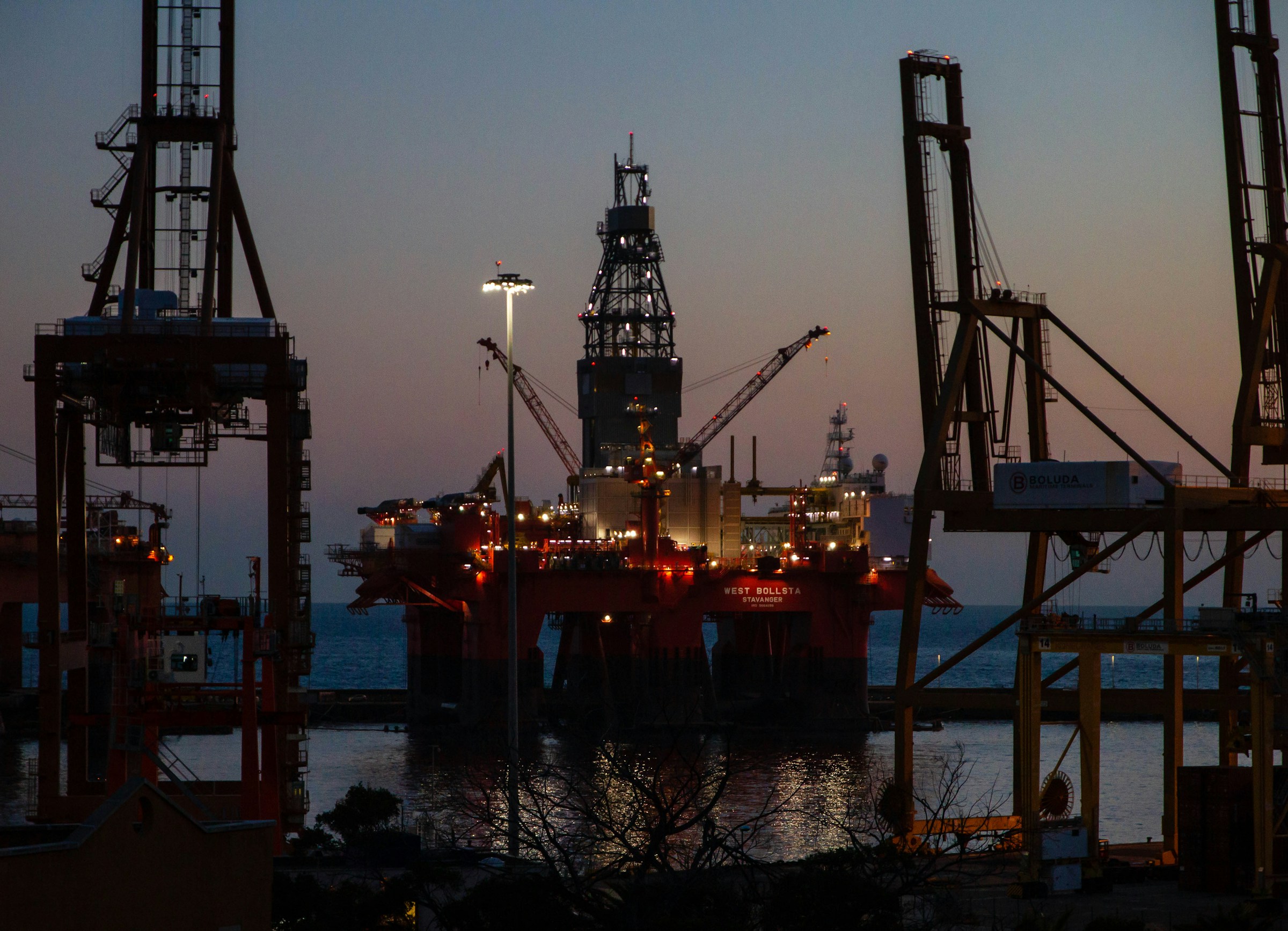Oil markets reacted with moderate gains following the European Union’s latest agreement to impose sanctions on Russian oil shipments. But this is not merely a commodity supply adjustment. It is a strategic recalibration that hints at deeper macro posture coordination between Western regulatory blocs. What looks like a response to geopolitical friction is, in effect, a signal to capital allocators, sovereign fund strategists, and monetary policymakers: the energy rebalancing narrative is narrowing in scope, but hardening in institutional intent.
This isn’t about headline price action. It’s about policy lockstep and capital posture.
The sanctions target shipping insurance, refined product re-exports, and loophole closures for Russian-origin crude blending. While these measures may appear incremental, the EU’s alignment with US-led enforcement mechanisms—especially around shadow fleet disruption and maritime sanctions risk—sends a policy signal with broader implication. By escalating enforcement over price cap circumvention, Brussels is deepening regulatory convergence rather than introducing materially new restrictions. This matters for capital flow modeling, not just energy traders.
Importantly, the EU’s move builds on an established risk channel rather than expanding into new sanctions terrain. That consistency serves as a credibility anchor—reducing perceived regulatory drift while affirming political intent. For sovereign allocators managing diversified exposure across G7 and BRICS-linked energy chains, this narrows uncertainty bands around enforcement behavior. It makes hedging strategies more rational. It also signals to Gulf and Asian stakeholders that price cap regimes are not temporary optics—they are enforcement structures meant to shape maritime market norms.
From a historical perspective, this isn’t the first time the EU has used sanctions alignment to reinforce Western consensus posture. But unlike prior iterations—such as 2014 Crimea sanctions—this round has a different center of gravity. It's not just punitive; it's about supply chain re-instrumentation. The use of insurance, shipping registries, and blending thresholds as policy levers reflects a regulatory evolution in tools, not just rhetoric. What’s being tested is a new form of market discipline via extraterritorial enforcement—a playbook more familiar in financial compliance than in commodity trade.
That raises critical questions about cross-regional institutional response. Middle East exporters, particularly those hedging between Russian and Western buyers, will read this move not as a deterrent, but as a signal to optimize trade architecture—flag routing, intermediary ownership, and reblending strategy. Singaporean and Chinese hubs may respond by tightening surveillance protocols to reduce sanction spillover risk. For ASEAN-based sovereign funds or maritime insurers, the implication is simple: capital posture now includes compliance drag, not just volatility exposure.
This will likely trigger a new wave of compliance modeling across maritime finance and infrastructure funds. Jurisdictions that have historically benefitted from neutrality—such as Malaysia and Indonesia—may find their middle-market operators under new pressure to declare posture. Meanwhile, Nordic shipping insurers and Swiss commodity desks will reassess their underwriting and clearing exposure to Russian-linked volumes. The capital calculus is no longer just about risk appetite—it’s about enforcement latency and policy momentum.
Market reaction so far has been muted, but structurally significant. Brent inched higher, yet forward curve steepening remains marginal. That divergence tells us something important: pricing signals remain sensitive to near-term supply noise, but allocators are anchoring around enforcement credibility and fiscal persistence. In this context, the capital signal is stronger than the commodity one.
Sovereign wealth funds and institutional allocators with energy exposure—whether via infrastructure, tanker leasing, or blended commodity baskets—are likely to respond in two ways. First, by treating policy enforcement cycles as de facto volatility dampeners. Second, by reassessing the viability of grey-zone arbitrage strategies. The EU’s latest posture may not move oil 10% overnight—but it will reprice the long tail of compliance risk.
This adjustment also reinforces a broader thesis: the era of energy normalization is not a reversion to pre-conflict flows. It’s a hardening of split channels, with the regulatory layer now embedded into capital modeling. As cross-border enforcement tools evolve, liquidity providers, FX hedgers, and even pension funds must account for regulatory friction in cash flow forecasts. What’s at stake isn’t just oil movement. It’s the durability of capital alignment under constrained globalization.
This policy convergence also quietly aligns the EU closer to US enforcement doctrine. While still politically distinct, the regulatory mechanics—especially around secondary sanction risk—now functionally mirror Washington’s approach. That convergence reduces room for arbitrage by non-aligned actors and may trigger rerouting of grey trade to less surveillance-intensive ports. From a capital lens, it raises the cost of opacity and reinforces capital flows toward compliance-aligned jurisdictions.
This posture may appear surgical, but the signaling is unmistakably strategic.
In short: Europe isn’t just sanctioning. It’s disciplining through systemic enforcement. Sovereign funds, insurers, and capital regulators should interpret this as a quiet hardening of global energy corridors—not a reset, but a reinforcement.









.jpg&w=3840&q=75)




